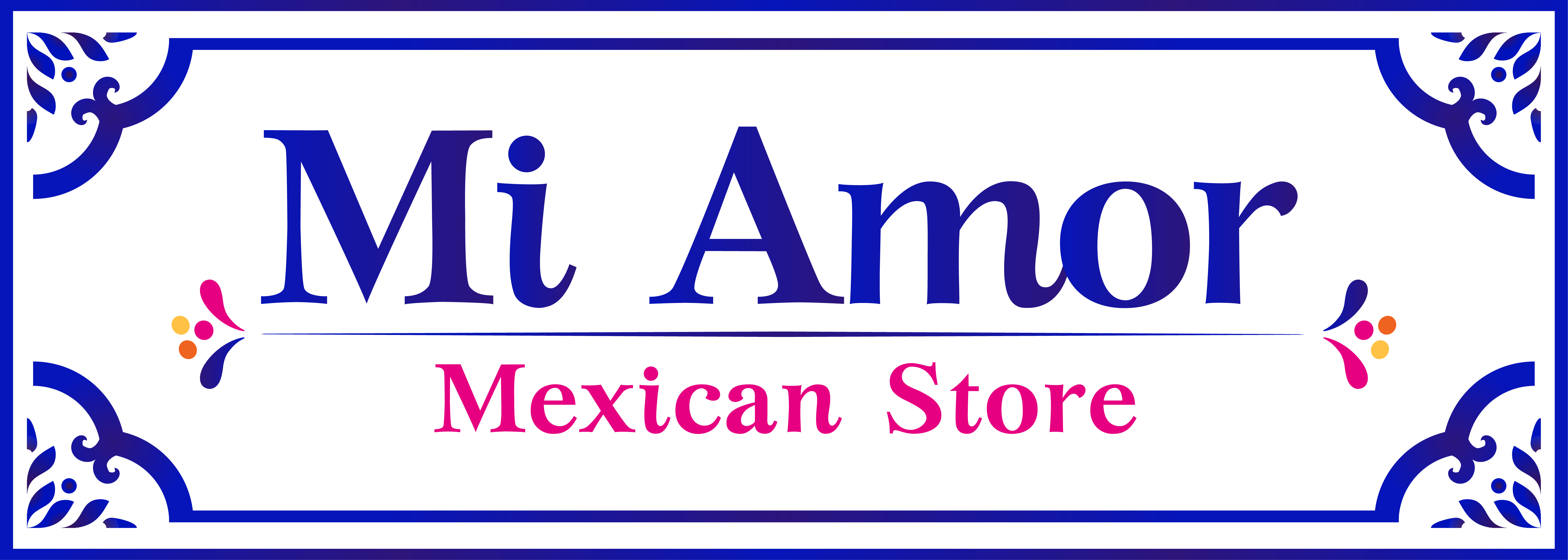
Dia de los Muertos, or the Day of the Dead, is one of Mexico's most cherished and colorful celebrations. This annual event, which takes place from October 31st to November 2nd, is a vibrant homage to loved ones who have passed away. At the heart of this tradition is the traditional Pan de Muerto, a sweet and symbolic bread that holds a special place in Mexican culture. In this recipe blog post, we will delve into the origins, cultural significance, and the art of making Pan de Muerto, a treat that bridges the gap between the living and the deceased.
Origins of Dia de los Muertos
Dia de los Muertos has deep pre-Columbian roots, with traditions that date back thousands of years to indigenous civilizations like the Aztecs. It was initially celebrated in August, but Spanish colonization shifted it to coincide with the Catholic holidays of All Saints' Day and All Souls' Day. This fusion of indigenous and Catholic customs has given birth to the unique celebration we know today.
Cultural Significance
Dia de los Muertos is not a somber occasion; it's a lively and joyful tribute to those who have passed. Families build ofrendas (altars) adorned with marigolds, candles, sugar skulls, and, of course, Pan de Muerto, to honour the departed. It is believed that during this time, the deceased return to the world of the living to share in the celebrations.
Pan de Muerto: The Bread of the Dead

Pan de Muerto, also known as Bread of the Dead, is a sweet, yeasted bread with a rich cultural symbolism. Its round shape represents the circle of life, and the knob on top symbolizes a skull. Traditionally, it's flavoured with orange blossom water and anise seeds, giving it a unique and delightful aroma.
Ingredients You'll Need
For the Dough:
4 cups all-purpose flour
1/2 cup sugar
1/2 cup warm milk
1/4 cup warm water
1/2 cup unsalted butter, melted
1/4 oz (7g) active dry yeast
4 eggs
1 teaspoon orange blossom water
1/2 teaspoon anise seeds
1/2 teaspoon salt
For the Glaze:
1/4 cup sugar
1/4 cup orange juice
Zest from 1 orange
Preparation
Step 1: Activate the Yeast
In a bowl, combine warm water and yeast. Let it sit for 10 minutes until it foams.
Step 2: Mix the Dough
In a large bowl, mix the flour, sugar, anise seeds, and salt. Create a well in the center and add the yeast mixture, warm milk, melted butter, eggs, orange blossom water, and orange zest. Mix until a dough forms.
Step 3: Knead the Dough
Transfer the dough to a floured surface and knead until smooth and elastic.
Step 4: Let it Rise
Place the dough in a greased bowl, cover, and let it rise for an hour, or until it doubles in size.
Step 5: Shape the Bread
Divide the dough into two portions. Take one portion and shape it into a round loaf with a knob on top.
Step 6: Final Rise
Place the shaped dough on a baking sheet, cover, and let it rise for another 30 minutes.
Step 7: Bake
Preheat your oven to 350°F (175°C). Bake the bread for 25-30 minutes until it's golden brown.
Step 8: Glaze
While the bread is still warm, brush it with a glaze made from sugar and orange juice.
Dia de los Muertos is a time to remember and celebrate the lives of those who came before us. As you prepare and savour Pan de Muerto, you participate in a tradition that has survived centuries and continues to unite generations. This simple yet profound bread invites you to partake in the festivities and connect with the rich cultural tapestry of Mexico.
Stay tuned for more exciting Mexican recipes and cultural insights in our ongoing culinary journey.
For authentic Mexican ingredients and more, visit our store in Midtown Toronto or shop online today!
